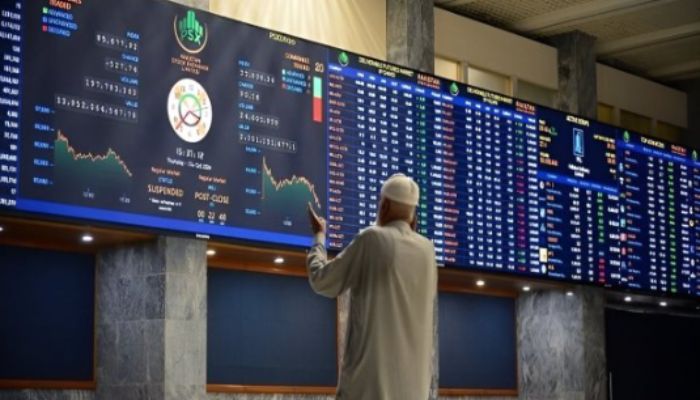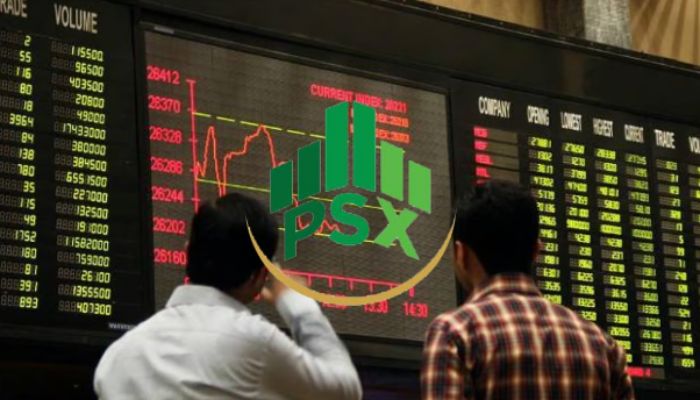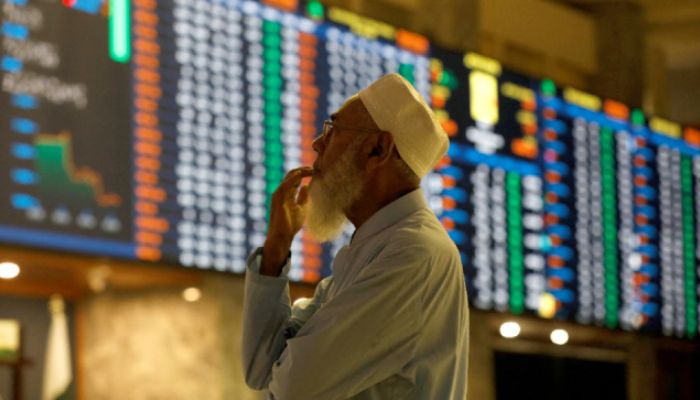Pakistan’s Karachi Stock Exchange was taking the drastic rollercoaster plummeting sharply and then partially recovering. The benchmark KSE-100 index, on the 7th of May, fell by 6,500 points-the harshest single-day fall since 2021-when tension rose with India after Operation Sindoor, a military retaliatory sortie launched in Pahalgam to avenge the killing of 26 civilians. On the 8th of May, however, the market went up again by 1,850 points (around 1.7%), giving some hope to jittery investors.
What Triggered the Market Crash?
The sudden 6% plunge on Wednesday was driven by:
- Geopolitical tensions: Fears of military escalation after Operation Sindoor, Pakistan’s retaliatory strike following the Pahalgam attack.
- Foreign investor pullout: Global funds withdrew capital amid rising uncertainty.
- Domestic panic selling: Retail investors rushed to exit, fearing further declines.

A Brief Respite on Thursday
The KSE-100 opened higher at 111,530, gaining 1.7% (1,850 points) before stabilizing with a 0.26% increase later in the day. Key sectors leading the recovery included:
✔ Banking (HBL, UBL)
✔ Cement (Lucky Cement, DG Khan Cement)
✔ Oil & Gas (OGDC, PPL)
✔ Power & Fertilizer (ENGRO, FFC)
Why the Sudden Rebound?
Several factors contributed to the recovery:
- Government reassurances: Pakistani officials downplayed immediate war risks.
- Bargain hunting: Investors bought undervalued stocks after the steep fall.
- Stabilizing regional markets: Asian equities showed resilience despite tensions.

Long-Term Concerns Remain
Despite Thursday’s rebound, challenges persist:
- KSE-100 is still down ~1% YTD after erasing most of its 86% 2024 gains.
- April was brutal—the index fell 6%, its worst month since August 2023.
- Foreign outflows continue, with investors wary of prolonged instability.
What’s Next for Pakistan’s Stock Market?
- Geopolitical developments will dictate short-term trends.
- Economic reforms (IMF deal, fiscal policies) could restore confidence.
- Market volatility is expected until tensions ease.
Conclusion
There was high volatility in the Karachi Stock Exchange before it closed with a rebound of 1,850 points.
People Ask Also
1. Why did the Pakistan stock market crash on 7th May 2025?
The crash was triggered by geopolitical tensions following Operation Sindoor, foreign investor withdrawals, and panic selling by domestic investors, leading to a 6,500-point drop—the sharpest since 2021.
2. What caused the partial recovery in the KSE-100 index on 8th May?
The market rebounded by 1,850 points due to government reassurances, bargain hunting by investors, and stability in regional Asian markets.
3. Which sectors led the recovery in Pakistan’s stock market?
Key sectors contributing to the rebound included banking (e.g., HBL, UBL), cement (e.g., Lucky Cement), oil & gas (e.g., OGDC, PPL), and power & fertilizer (e.g., ENGRO, FFC).
4. Is the market outlook still negative despite the rebound?
Yes, long-term concerns remain due to continued foreign outflows, ongoing geopolitical risks, and the market still being down nearly 1% year-to-date.
5. What factors will influence Pakistan’s stock market moving forward?
Future trends will depend on geopolitical developments, progress on economic reforms (including IMF negotiations), and investor sentiment regarding regional stability.











